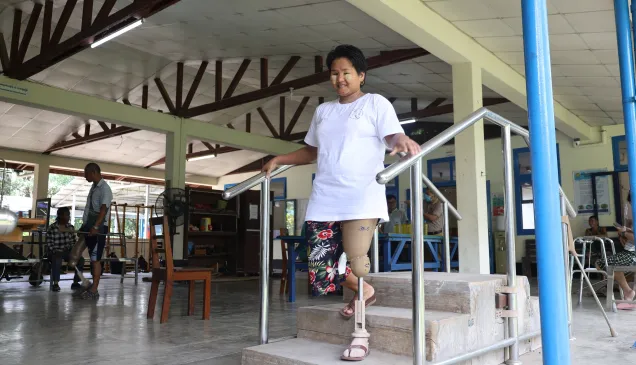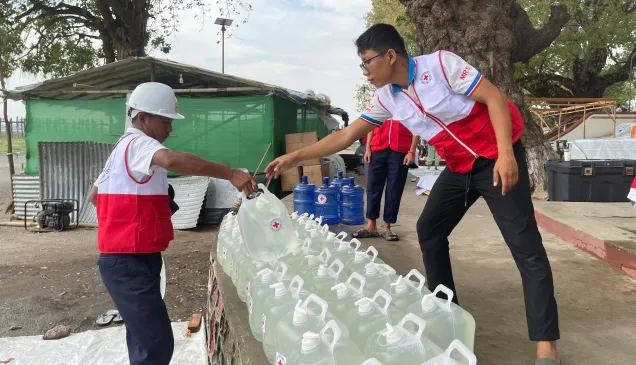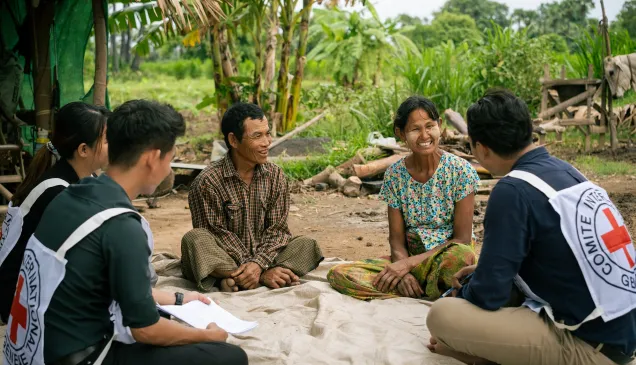Myanmar: Helping communities displaced from Kayah State
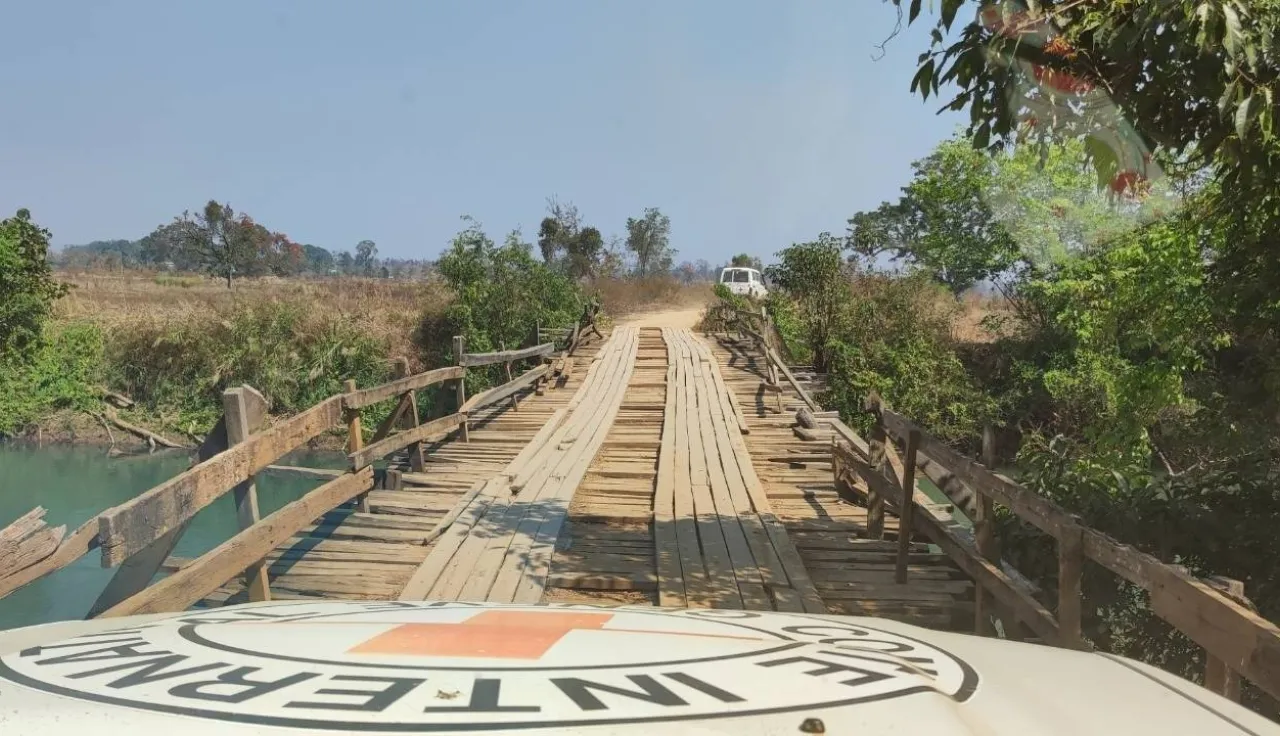
A small state containing the serenity of the Ngwe Taung Dam. Home to many ethnic groups and tribes. A land of breath-taking nature: waterfalls, mountains, and caves. For all its beauty, Kayah State is now seeing violence that is tearing families from their homes.
Following intense clashes, several thousand people from Loikaw, Demoso, Hpruso and Pekon were forced to seek refuge in Southern Shan State. They are now sheltering in monasteries, churches or staying with relatives across Taunggyi, Hsiseng, Ping Long, Nyaung Shwe, Kalaw, Pinthadaya, Lawt Sauk and Laikha townships.
Our teams were able to visit some of these displaced families to support them.
"We feel more at ease when the ICRC comes to visit us," said a 59-year-old woman who had just arrived in Taunggyi, supported by relatives and neighbours. "We are lonely when no one comes to see us – We hope to see you again".
For many among the displaced, this is the first time they have had to leave their homes. It is hard to adjust. Many wait anxiously for the opportunity to return, often with little hope. For families, the uncertainty leads to concerns about the future – with no end in sight given the ongoing clashes.
Since January this year, ICRC teams in Lashio and the Myanmar Red Cross Society (MRCS), have visited several sites where people displaced from Kayah have sought shelter. We conducted rapid assessments, to see what families needed urgently and tried our best to meet these fundamental needs.
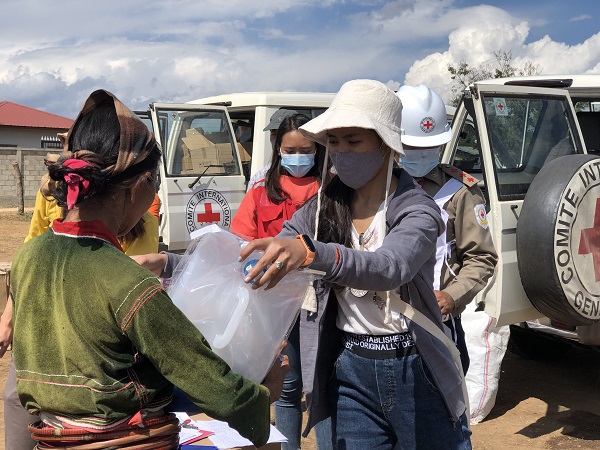
© ICRC
During a first rapid assessment, we worked together with the MRCS to plan next steps in a humanitarian response. Our engineers focused on access to clean water and shelter. Other team members sought to ensure families would have enough food, or tried to reconnect family members who had been separated. Our teams spoke with people about their experiences and planned logistics to help provide future support.
Many of those who were displaced are seeking shelter in urban areas, but some have been forced to shelter in the rural countryside, where access to water and electricity can be more challenging. Temporary electricity blackouts remain common. But support from local monasteries and churches has helped in the short term. Bringing what they could carry, some of those who were displaced also took care of their immediate needs: blankets, sleeping mats, mosquito nets, and small supplies of food. But it is planning for the longer-term needs of these displaced communities that remains a concern.
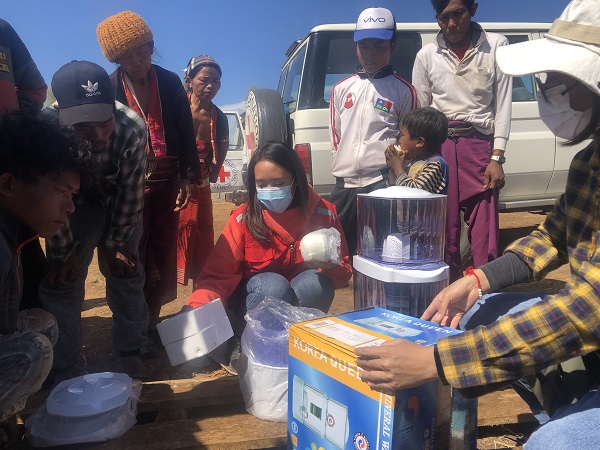
© ICRC
Displacement due to armed conflict also causes loss of livelihoods. For safety, jobs are left behind. Some of those who left Kayah are trying to earn a daily wage by finding work, but job opportunities are hard to come across. Traveling further afield to find work is also a risk, compared to the relative safety of temporary shelter in a church or monastery. Displacement makes all these life decisions more challenging.
To help as much as possible in the short term, we provided useful items such as dignity and hygiene kits, as well as food. We did this work together with the MRCS – from planning to distribution.
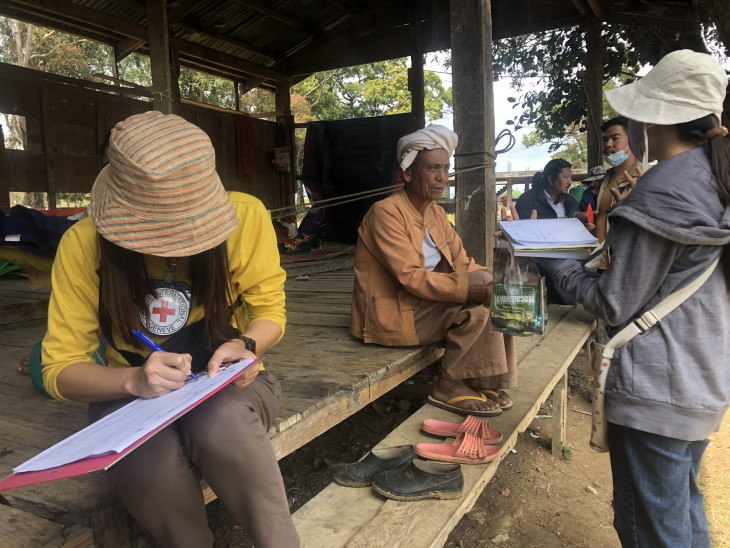
© ICRC
With the MRCS, we've assisted more than 7000 people living across 151 camps, explained Mai Aik Lawt, who is part of the ICRC team.
"Our team is a mix of many technicians, including engineers and others who help respond in emergencies, so that we can address the most urgent needs as fast as possible".
While churches, monasteries and host communities are helping many of those who are displaced, concerns remain over the rising likelihood of food shortages in the long run.
Our team is still on the ground, working together with communities affected by conflict and the MRCS to monitor and identify the most urgent needs. There is more work to be done.

